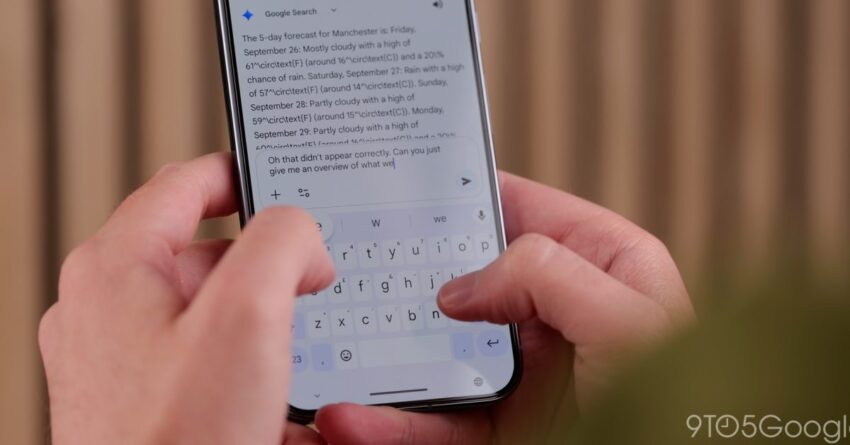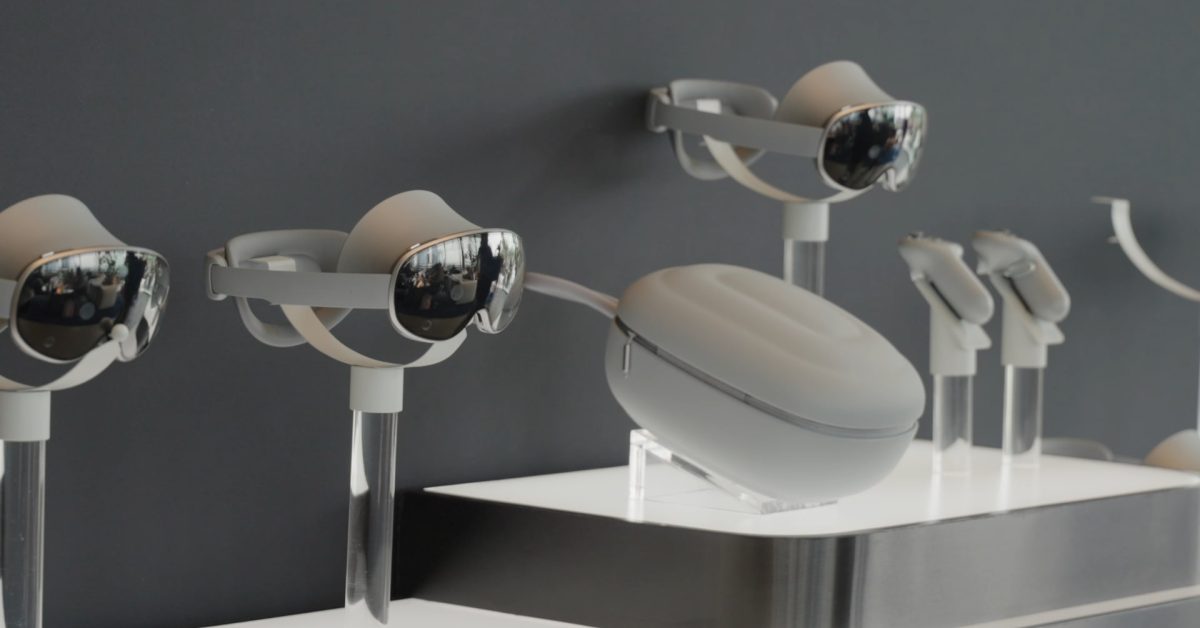
gboard now lets you hide the period Gboard has introduced a new feature that allows users to hide the period and comma keys, enhancing the customization options for its keyboard interface.
gboard now lets you hide the period
Overview of Gboard’s Recent Updates
Gboard, Google’s popular keyboard application for Android devices, has been consistently evolving to meet the needs of its users. Following the recent rollout of the “Font size” setting, which allows users to adjust the text size for better readability, the latest update now includes the option to hide the period and comma keys. This feature is particularly significant for users who prefer a more streamlined keyboard layout, reducing clutter and enhancing typing efficiency.
Details of the New Feature
The ability to hide the period and comma keys is part of Gboard’s ongoing efforts to provide a more personalized user experience. By offering this option, Google acknowledges that different users have varying preferences when it comes to keyboard design. The new setting can be accessed through the Gboard settings menu, where users can toggle the visibility of these punctuation keys.
This feature is especially beneficial for those who primarily communicate through messaging apps and social media platforms, where the frequent use of punctuation may not be necessary. By hiding these keys, users can gain additional screen space, making it easier to view and interact with text fields without distractions.
Implications for User Experience
The introduction of this feature reflects a broader trend in mobile application design, where user customization is becoming increasingly important. As smartphone users become more sophisticated, they seek tools that not only meet their functional needs but also align with their personal preferences.
Enhanced Typing Efficiency
For many users, the presence of the period and comma keys can be seen as an unnecessary distraction. By hiding these keys, Gboard allows users to focus on the text they are typing without the visual clutter of additional buttons. This can lead to a more efficient typing experience, particularly for those who are accustomed to using swipe typing or predictive text features.
Accessibility Considerations
Accessibility is a critical aspect of modern app design. The option to hide certain keys can also benefit users with visual impairments or those who find it challenging to navigate a crowded keyboard. By simplifying the layout, Gboard can enhance usability for a broader audience, ensuring that everyone can communicate effectively.
Contextual Background on Gboard’s Evolution
Gboard was first launched in 2016, quickly gaining popularity due to its integration with Google services and its innovative features. Over the years, it has incorporated numerous updates, including voice typing, emoji suggestions, and multilingual support. Each update has aimed to enhance the typing experience and cater to the diverse needs of its user base.
The recent updates, including the ability to hide the period and comma keys, are part of a larger strategy to keep Gboard competitive in a crowded market. With competitors like SwiftKey and Samsung Keyboard also offering unique features, Gboard must continually innovate to retain its user base.
Market Competition
The mobile keyboard market is highly competitive, with several players vying for user attention. SwiftKey, for instance, has long been known for its predictive text capabilities and customizable themes. Samsung Keyboard, on the other hand, offers deep integration with Samsung devices and features tailored specifically for those users. Gboard’s latest updates, including the new feature to hide punctuation keys, are essential for maintaining its edge in this competitive landscape.
User Reactions and Feedback
As with any new feature, user reactions to the ability to hide the period and comma keys have been mixed. While many users appreciate the added customization, others have expressed concerns about the potential for confusion, particularly for those who may rely on these keys for their typing needs.
Positive Feedback
Many users have welcomed the new feature, praising it for its simplicity and effectiveness. Feedback from early adopters indicates that the option to hide the period and comma keys has made typing feel less cluttered and more focused. Users have reported that they appreciate having the flexibility to tailor their keyboard to their specific needs, which enhances their overall experience.
Concerns and Criticism
Conversely, some users have raised concerns about the potential downsides of hiding these keys. For individuals who frequently use punctuation, the absence of the period and comma keys could lead to frustration. Additionally, there is a concern that new users or those unfamiliar with the feature may struggle to find these keys if they are hidden. Google will need to ensure that the feature is well-explained and easily accessible to mitigate any confusion.
Future Directions for Gboard
As Gboard continues to evolve, it is likely that we will see further enhancements aimed at improving user experience. The ability to hide the period and comma keys is just one example of how Google is listening to user feedback and adapting its product accordingly.
Potential Features to Explore
Looking ahead, there are several potential features that could further enhance Gboard’s functionality:
- Customizable Key Layouts: Users could benefit from the ability to create their own keyboard layouts, allowing for even greater personalization.
- Advanced Predictive Text: Enhancements to predictive text algorithms could improve typing speed and accuracy, making Gboard even more efficient.
- Integration with Third-Party Apps: Deeper integration with popular messaging and social media apps could streamline the typing experience across platforms.
Conclusion
The latest update to Gboard, which allows users to hide the period and comma keys, represents a significant step in enhancing user customization and experience. As mobile keyboard applications continue to evolve, features like these will play a crucial role in meeting the diverse needs of users. While the initial reception has been mixed, the potential for improved typing efficiency and accessibility cannot be overlooked. As Google continues to innovate, Gboard is likely to remain a leading choice for Android users seeking a flexible and user-friendly typing solution.
Source: Original report
Was this helpful?
Last Modified: October 22, 2025 at 2:36 pm
1 views















